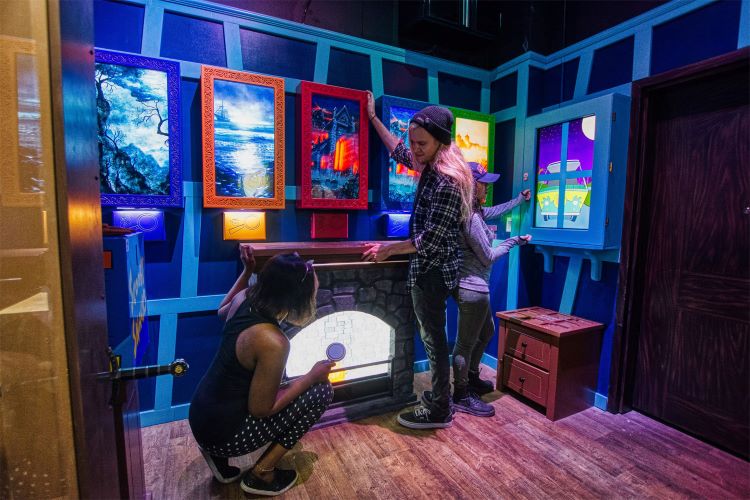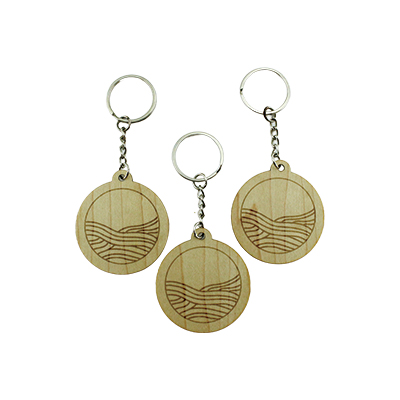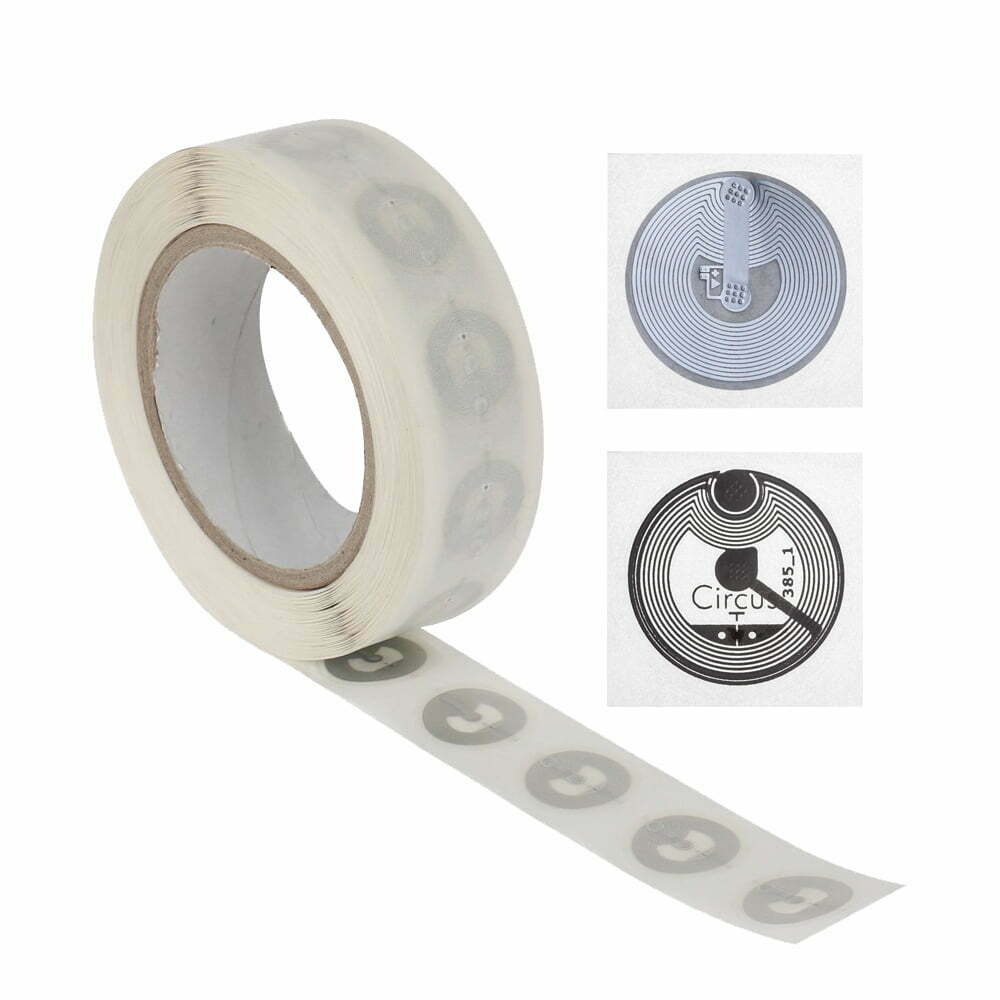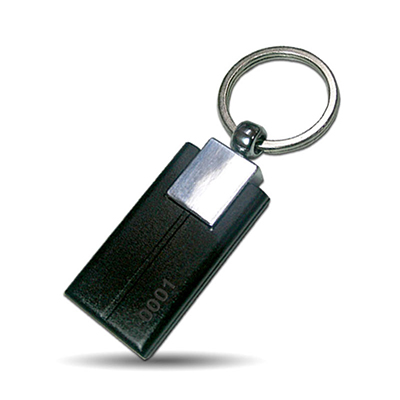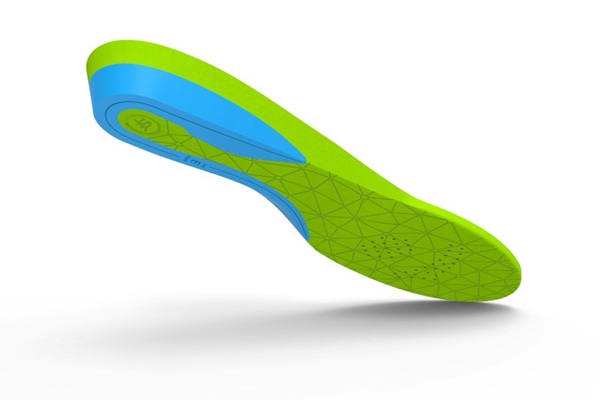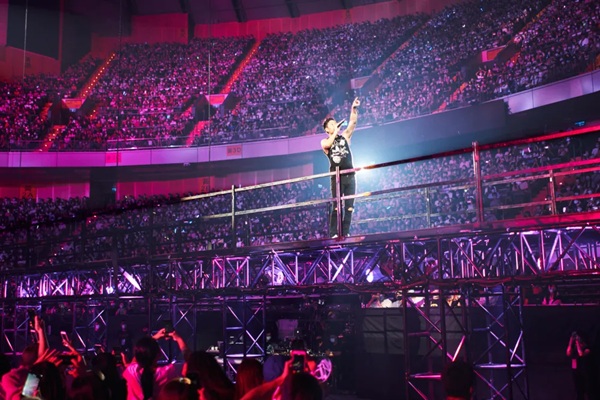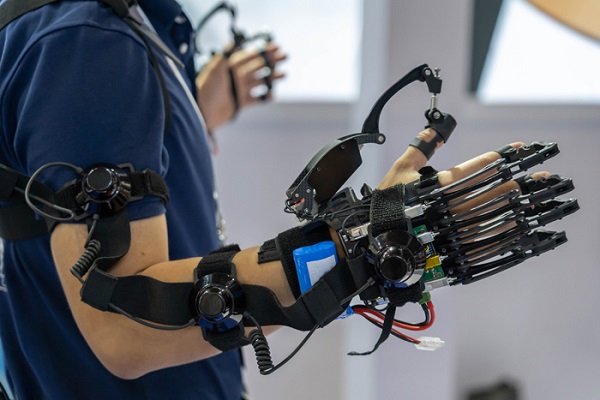The global escape room market is expected to reach $18 billion by 2027, driven by consumers’ desire for advanced interactive experiences. Players now expect seamless, technology-driven puzzles—not just padlocks and keys. NFC technology meets this need by enabling real-time device control, multi-sensory triggers, and data-driven game adjustments, making it a cornerstone of future-proof escape room design.
We offer:
NFC etiketleri for escape rooms
NFC readers for enterprises
NFC for immersive entertainment
NFC anti-jamming solutions
Technical deployment: Building an NFC-powered escape room
1.NFC reader recommendations for enterprises
| Reader Model | Key Features | Best For |
|---|---|---|
| HY-R01 Industrial | IP67 waterproof, USB-powered, SDK for custom integrations | Puzzle consoles, hidden panels |
| PN532 module | Low-cost, compatible with Arduino/Raspberry Pi | Prototyping or budget setup |
2.Multi-tag sync triggers
Create layered interactions by linking NFC etiketleri to multiple actions:
Örnek 1: Player taps “magic book” with NFC tag, triggering:
- Door unlocks (via reader relay).
- Themed sound effects (via Bluetooth speaker API).
- LED lighting changes (via smart bulb integration).
Örnek 2: Team badges with NFC tags track progress and dynamically adjust puzzle difficulty.
Integration tip: Use middleware like Node-RED or Zapier to manage cross-device workflows.
3.Strategic tag placement for optimal user experience
- Hidden areas: Embed tags under props (Örn., paintings, faux walls) to maintain immersion.
- Wearables: Equip players with NFC wristbands for personalized interactions (Örn., character-specific clues).
- Fail-safe design: Install backup tags behind primary tags to prevent game interruptions.
Vaka çalışması: NFC reduces maintenance costs by 20%
A European escape room chain upgraded 15 locations with an NFC system:
Implementation:
- Replaced mechanical locks with NFC-activated electromagnetic doors.
- Used cloud-based analytics to monitor tag performance.
Sonuçlar:
- Reduced monthly maintenance costs by 20% (no worn keys/locks).
- Reduced room reset time between sessions by 35%.
- Players rated “technology-enhanced immersion” 4.8/5.
Security and stability: Prevent interference and false triggers
Ensure reliable NFC performance using the following strategies:
- Shielded wire: Use ferrite cores on the reader cable to block electromagnetic interference (EMI).
- Tag spacing: Space tags 15 cm apart to avoid signal overlap.
- Frequency tuning: Configure readers to 13.56 MHz (ISO 14443 standard) to minimize crosstalk.
- Error logging: Deploy readers with built-in diagnostics to flag faulty tags in real time.
NFC vs. Alternative Triggering Technologies
| Feature | NFC | RFID | Bluetooth | Motion Sensors |
|---|---|---|---|---|
| Precision | Exact tap required | Proximity-based | Variable range | False triggers |
| Durability | Waterproof tags | Sensitive to metals | Battery-dependent | Weather-sensitive |
| User Control | Intentional interaction | Passive scanning | Auto-connect | Unintended activation |
| Cost Efficiency | Reusable tags | High reader costs | Recurring battery | Complex calibration |
NFC balances intent, reliability, and cost for the escape room use case.
Recommended NFC Tags for Escape Rooms
- ABS NFC Disc Tags: Embeddable in walls/props, resistant to vandalism.
- Silicone Wristbands: Reusable for multi-session player characters.
- NTAG 213 Stickers: Affordable and suitable for large numbers of clue items (ör.. fake documents).
Conclusion
NFC transforms escape rooms from static puzzles to dynamic, data-driven adventures. By integrating industrial-grade readers, synchronized triggers, and fail-safe designs, companies can reduce operating costs, increase player satisfaction, and stay ahead in the immersive entertainment race.
Contact our NFC Smart Entertainment experts for a free consultation and hardware demo!

